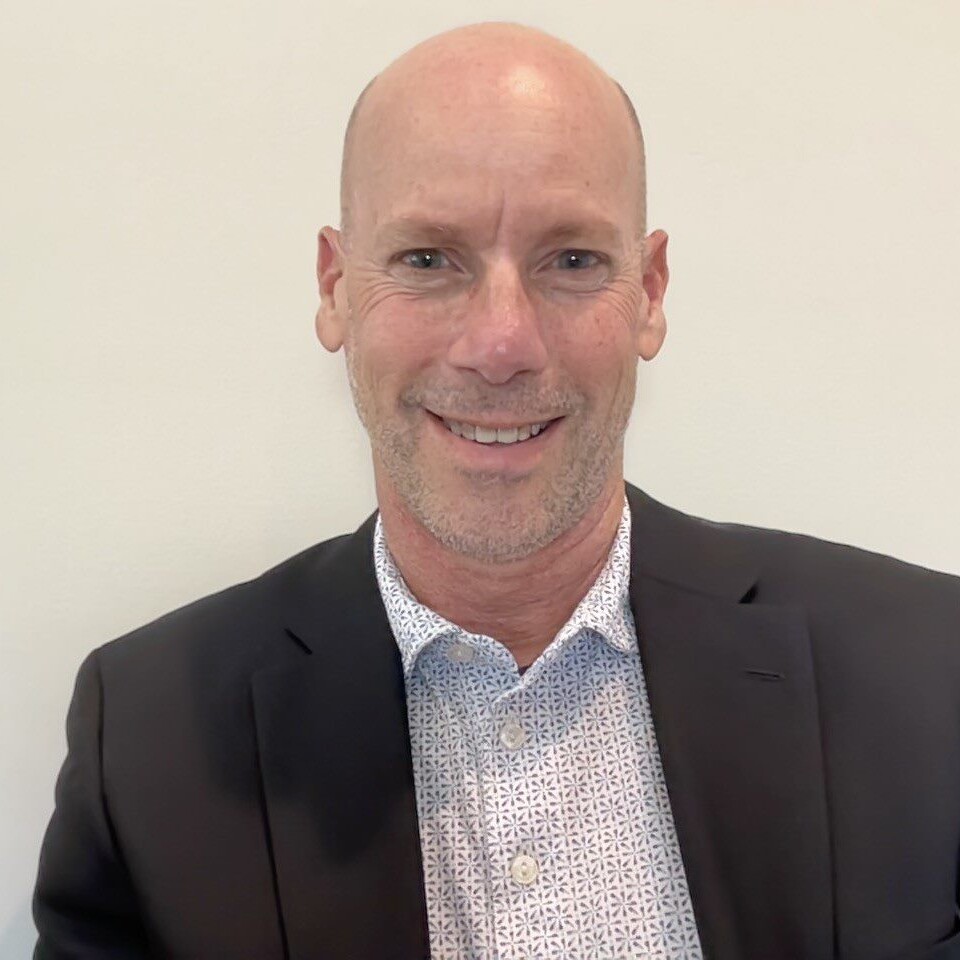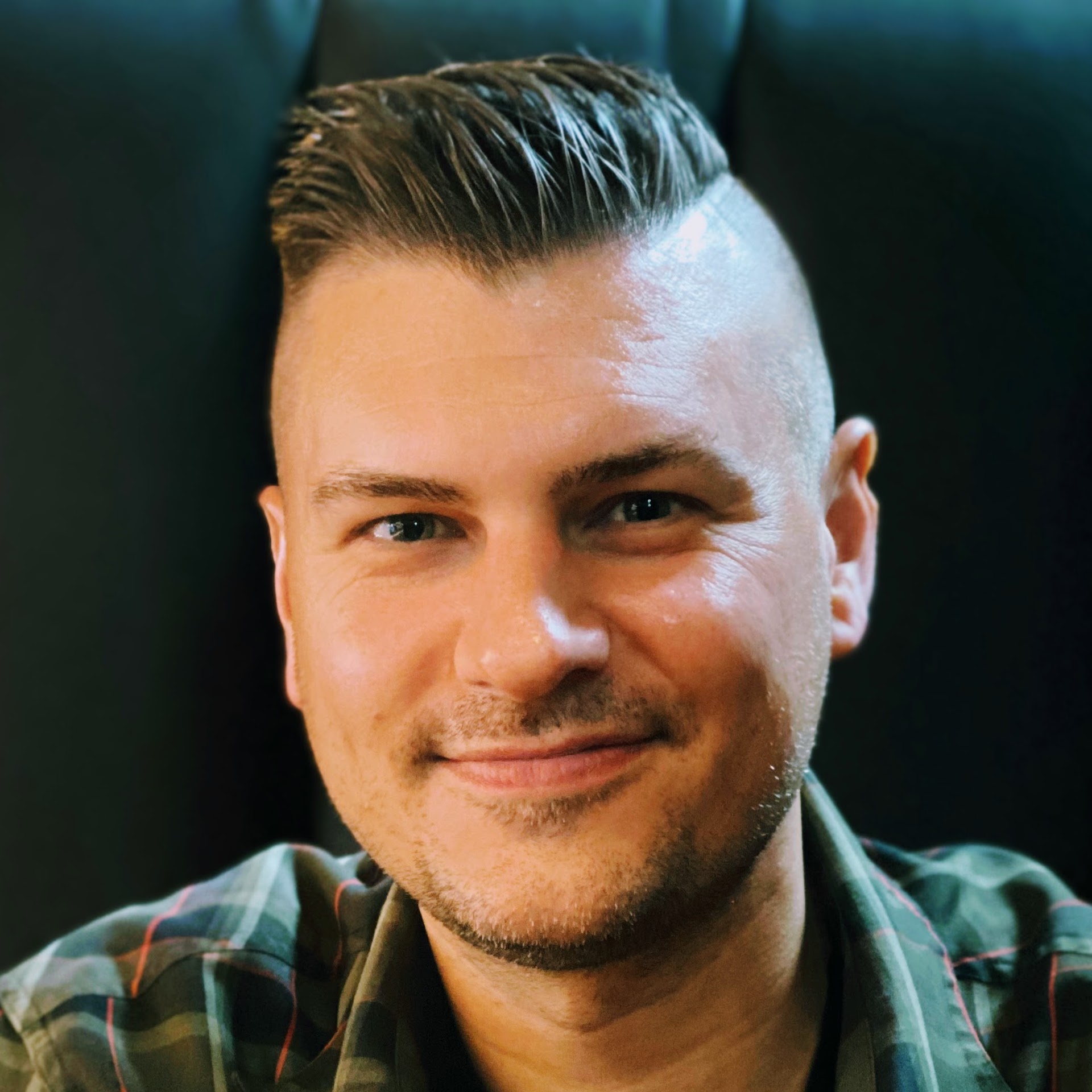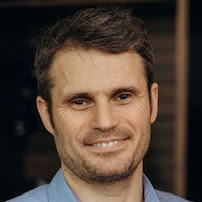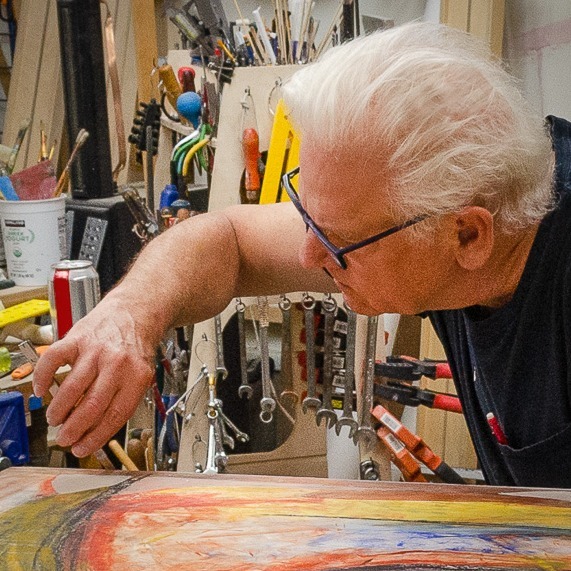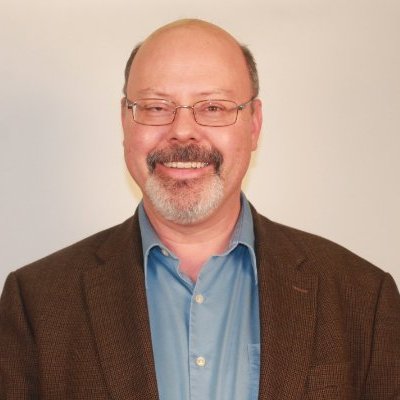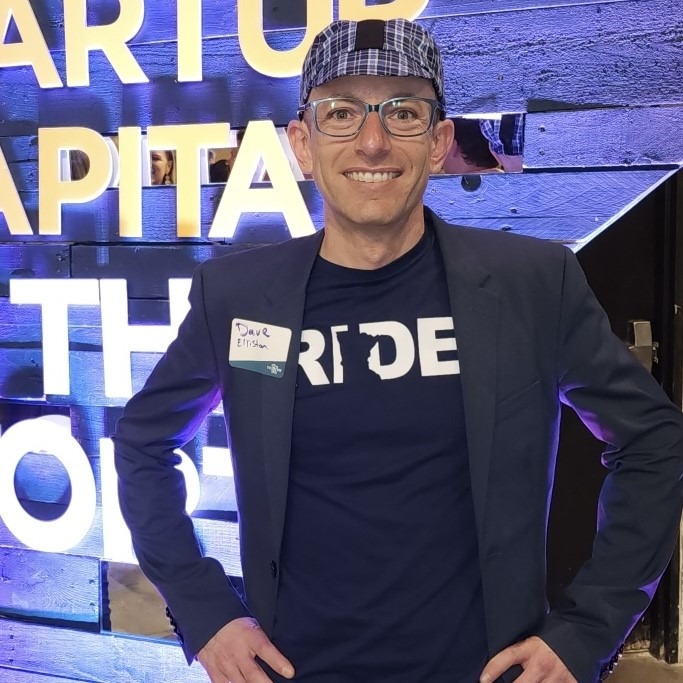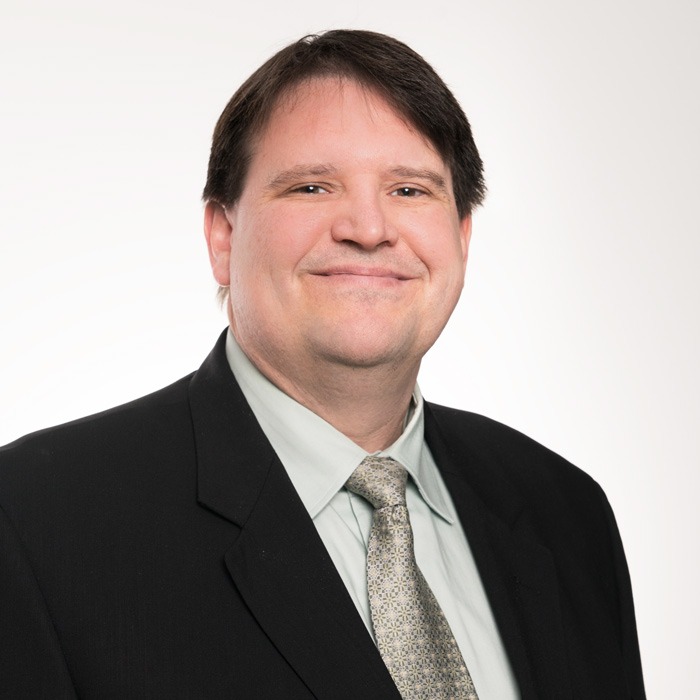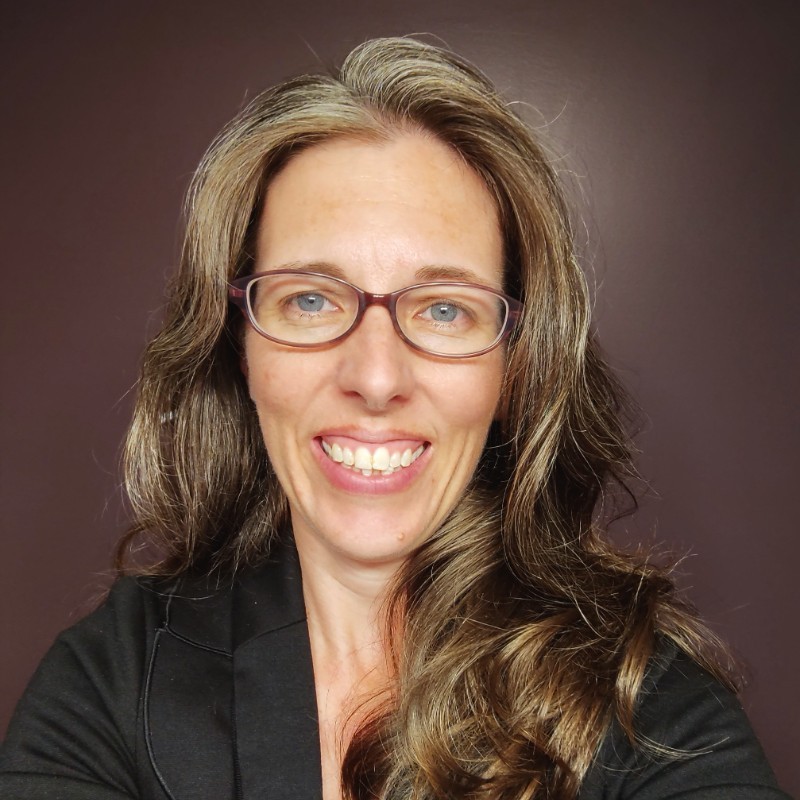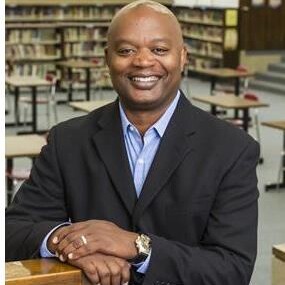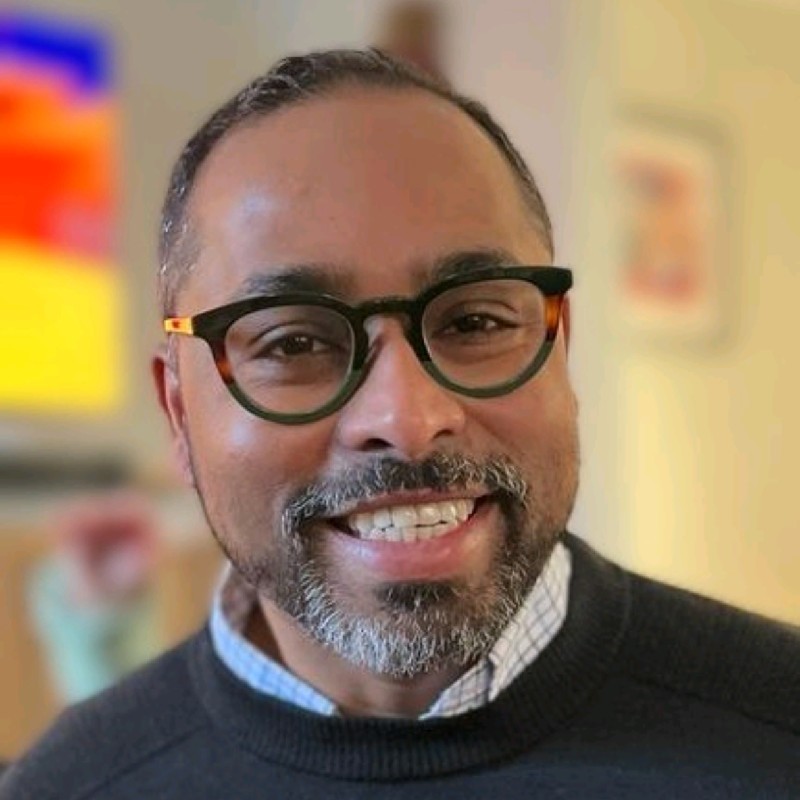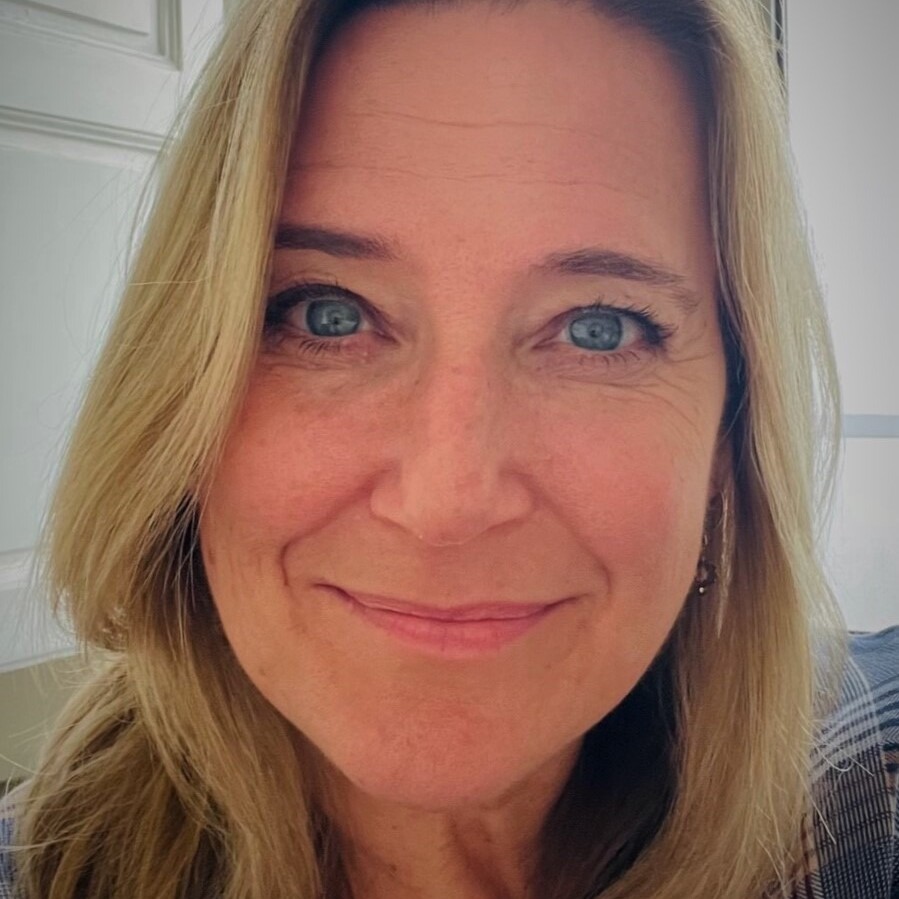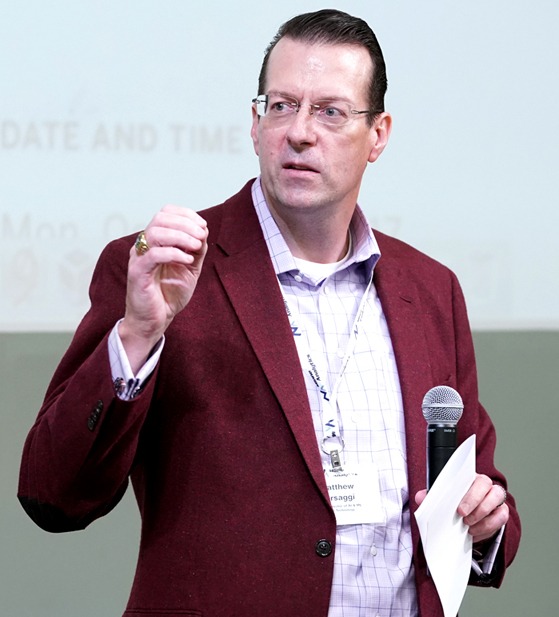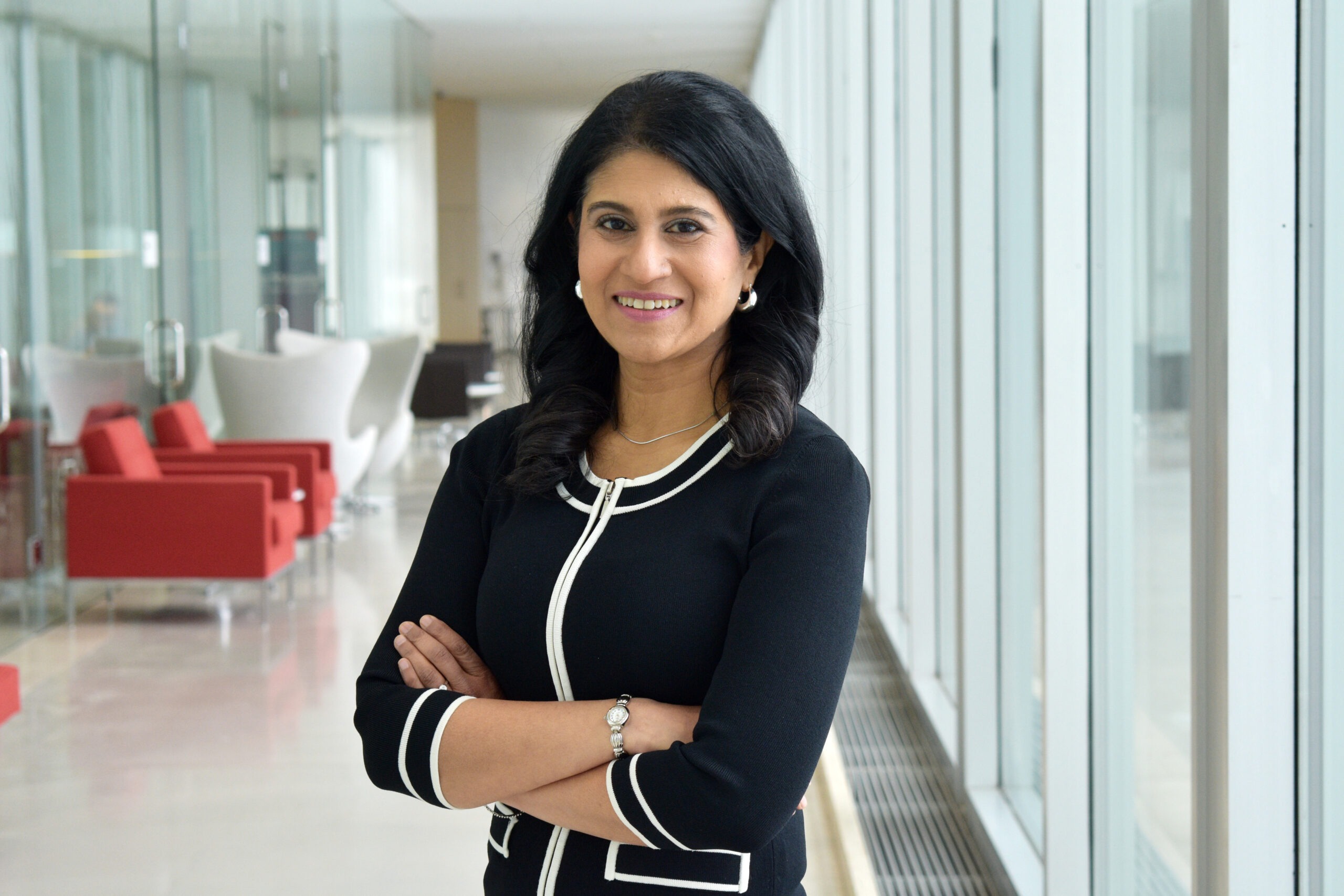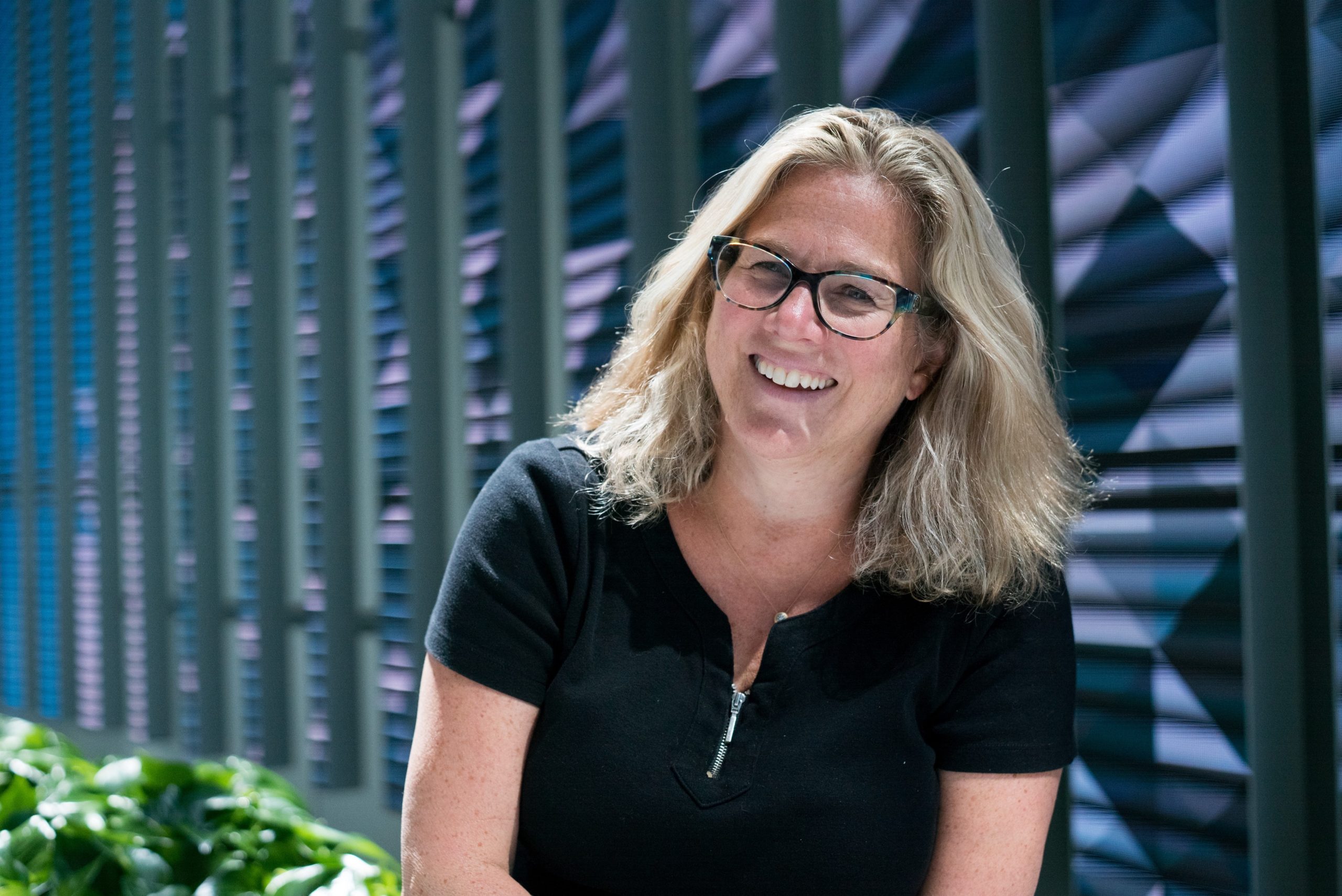On Sept. 23, MnTech will host its first ever virtual conference: Tech Connect, a half-day event where attendees can network and learn about the technology solutions innovating Minnesota’s businesses. The event features more than 50 speakers across industries, describing ways they use technology to better serve customers and stand out in their industries.
Indu Alagarsamy, a global architect in the application services space, and Kris Wilmunen, a senior delivery director in application services, will represent Unisys during their Modernizing Legacy Applications session. To help get an idea of what’s in store, we sat down with Indu and Kris to learn a little more about legacy apps and how to improve them. Here’s a preview of what’s to come:
Let’s begin with a quick rundown of what a legacy application is and what it means to an organization.
Indu: A legacy application is often a revenue backbone for a company. I used to think of “legacy code” as old and obsolete and one that requires a rewrite. But as I got older and more experienced, I got to see the importance of the software in keeping the business alive and serving their clients. A legacy application is a success story. It’s a matter of how can the company continue its success and continue to serve its clients.
The business needs to find ways of giving their customers what they need in terms of new functionality faster without breaking existing functionality, which can indeed be some of the challenges.
How is it that legacy applications are sometimes less understood? Are there preemptive measures that can be taken to ensure everyone working with the software is familiar and comfortable with it?
Kris: With some legacy applications, the requirements may have been written years ago by people who are no longer working on the application. Or worse, the requirements may not have been properly documented at all. Over time, the team maintaining the application turns over and pieces of the history are lost if not passed on. Requirements and design documents are key to being able to properly support a legacy application.
At the Tech Connect conference, you’ll be discussing how to modernize these essential systems. Without spoiling your presentation, are there any quick tricks or tidbits you can share?
Indu: Start small. Identify a small business capability of the legacy system, make it independent. Learn from this process, gain confidence in the approach, and apply forward the learnings. It’s a constant cycle of learning.
Kris: The quick tip in modernizing legacy applications is have a strategy where you can do proofs of concept, fail fast, adjust, and go again.
Talk to us about the adaptive nature of this approach. Why mend an old system instead of scrapping it for something totally new? Is it just to avoid having to start from scratch, or is there more to it?
Kris: At some point, mending a legacy application becomes too burdensome and expensive to maintain. You will have to tune into the presentation to find out why just scrapping it entirely may not be the right thing to do.
Indu: Every developer at some point or the other when working with a legacy system has thought this. I did too. However, it is not the right approach. As Kris said, you will have to tune into our presentation to find out why.
Apart from your own presentations, what are you looking forward to at Tech Connect this September?
Indu: I am looking forward to learning from other experts and their experiences.
Kris: I am looking forward to Paul Douglas’s presentation. He’s such a great innovator.
Register now to secure your spot for their full presentation at Tech Connect on Sept. 23 and Registration is free for employees of MnTech member companies and $50 for all others.
Can’t make it to the live event? Register anyway so you receive session recordings afterward. You’ll have access to all presentations for up to six months.

